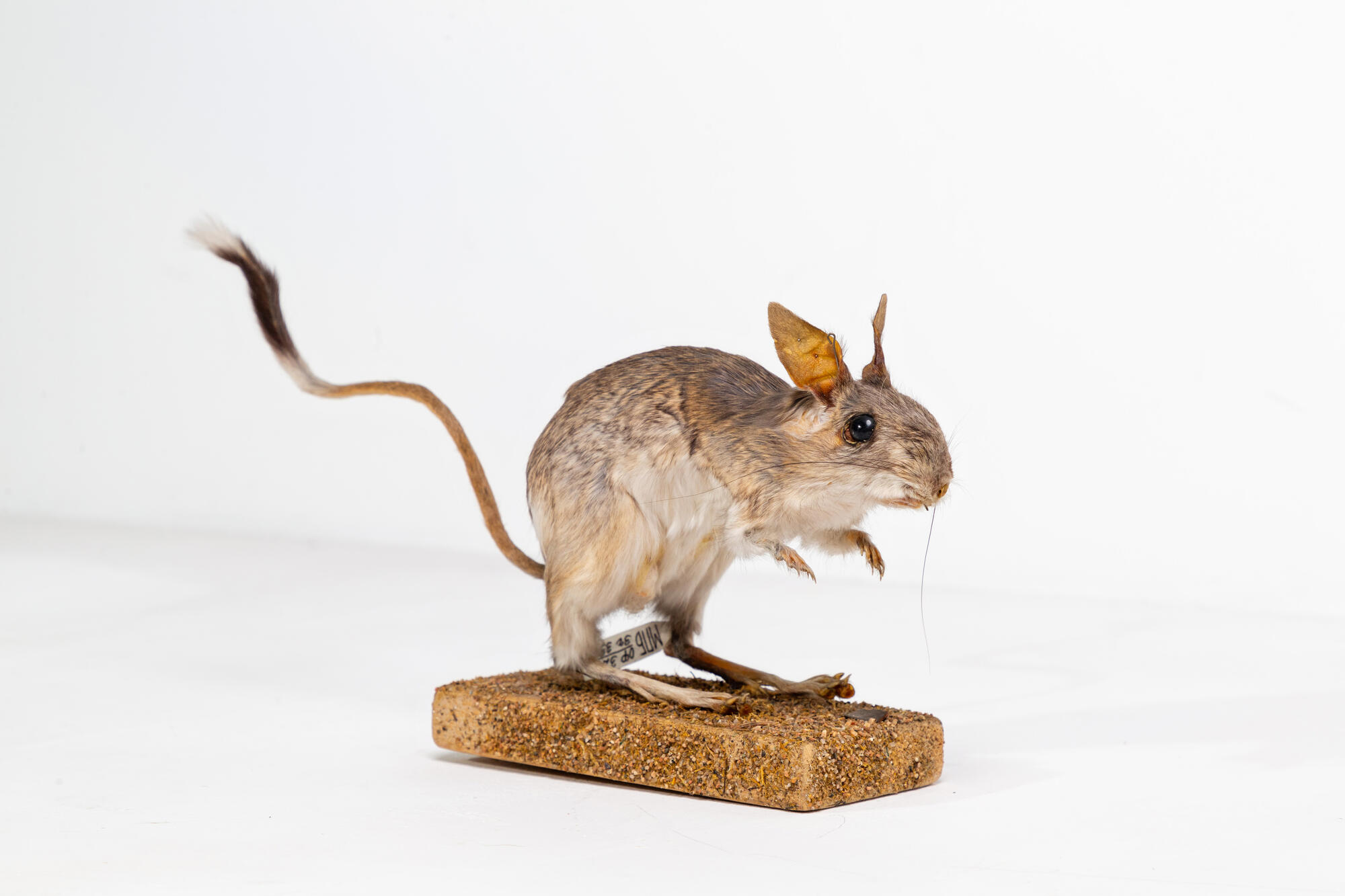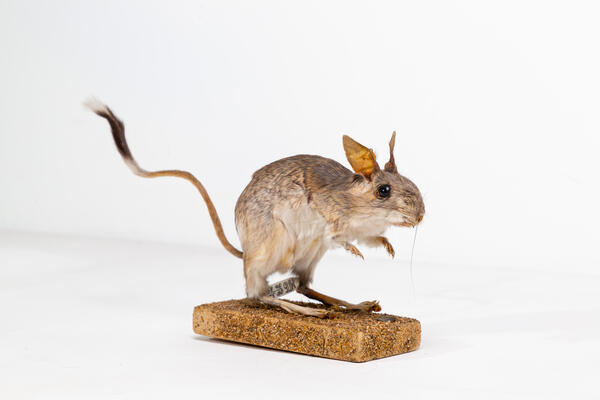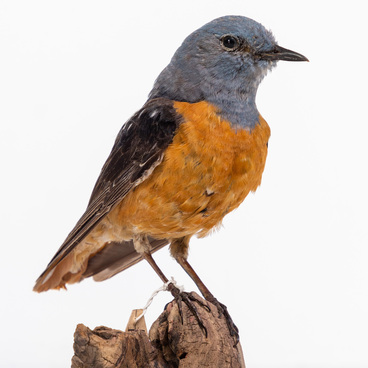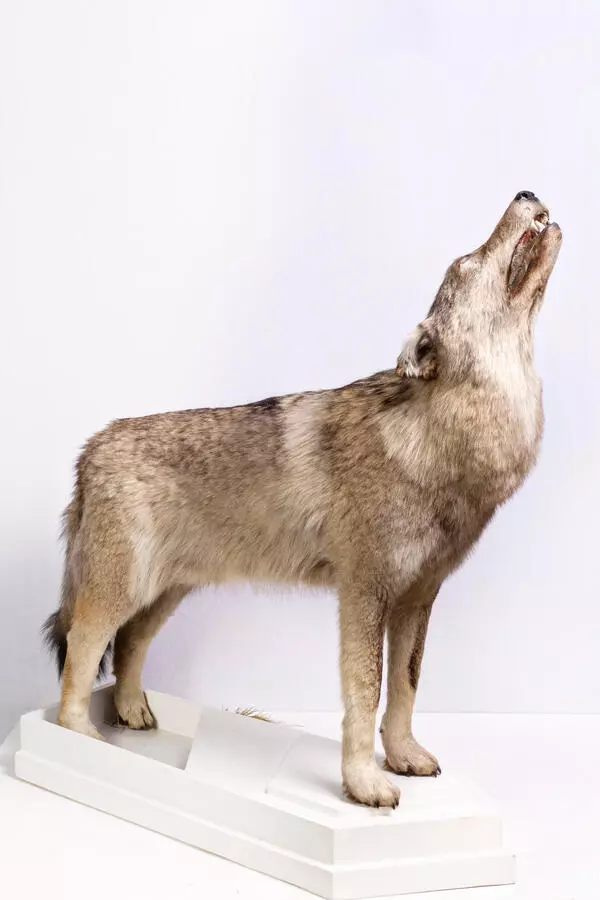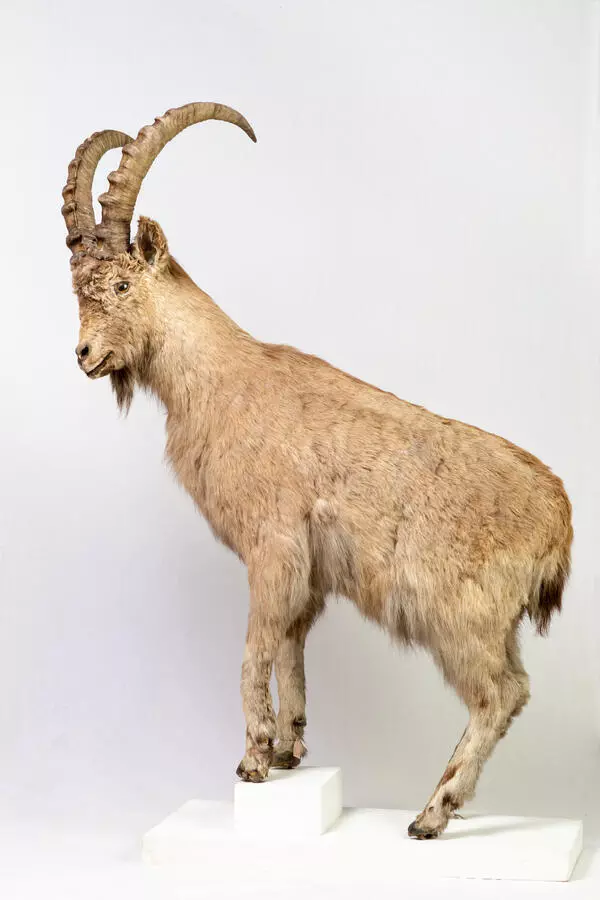The word ‘jerboa’ comes from the Turkic ‘tyshkan’, which means ‘mole’. Jerboa are rodents from very small to medium-sized. The tail is longer than the body and can reach 30 cm. The appearance of jerboa is very characteristic due to its short, dock-tailed body and elongated, strong hind limbs, which are sometimes 4 times longer than the length of the front ones. They are arranged in a special way, namely: the foot is elongated, while 3 middle metatarsal bones fuse into one bone called the tarsus.
The jerboa’s head is large with a blunt muzzle. Ears are usually long, rounded, and covered with sparse hair. The eyes are large, and the vibrissae are long. The neck is almost invisible from the outside. The hair is quite thick and soft. The color of the upper body is usually monotonous, brownish, or ochreish sandy.
Teeth, namely incisors, in addition to gnawing food, serve as their main tool for loosening the soil when digging, while the limbs of jerboa mainly rake loose soil.
The Siberian jerboa does not bear its name for nothing. This is one of the fastest members of the family. Despite its smaller size than that of the earth hare or Severtsov’s jerboa, its running speed is no lower than that of these large forms. In the ability to jump in sharp zigzags, it undoubtedly surpasses them. A tail with a brush helps jerboa run fast. It plays the role of a steering wheel and balance beam when running fast. On the tail of the animal, there is a brush, i.e. black and white ‘banner’, which sometimes saves the life of jerboa, since in the dark, the pursuer ‘aims’ at the bright, well-marked tip of the tail, and not at the animal itself. Without a tail, the unexpected turns that these animals are so masterfully able to make would be impossible. When the jerboa suddenly changes direction, it abruptly flips its tail in the direction opposite to the turn.
The Siberian jerboa is inhabitant of steppes and deserts. The animal is active from evening dusk until dawn, but mostly in the first half of the night. This fast-moving rodent has several burrows, of which only one is residential, and the rest are temporary. The jumping jerboa feeds on bulbs, flowers, seeds, and green parts of various desert and steppe plants. In addition, it can diversify its diet with animal food, such as various insects.
The jerboa’s head is large with a blunt muzzle. Ears are usually long, rounded, and covered with sparse hair. The eyes are large, and the vibrissae are long. The neck is almost invisible from the outside. The hair is quite thick and soft. The color of the upper body is usually monotonous, brownish, or ochreish sandy.
Teeth, namely incisors, in addition to gnawing food, serve as their main tool for loosening the soil when digging, while the limbs of jerboa mainly rake loose soil.
The Siberian jerboa does not bear its name for nothing. This is one of the fastest members of the family. Despite its smaller size than that of the earth hare or Severtsov’s jerboa, its running speed is no lower than that of these large forms. In the ability to jump in sharp zigzags, it undoubtedly surpasses them. A tail with a brush helps jerboa run fast. It plays the role of a steering wheel and balance beam when running fast. On the tail of the animal, there is a brush, i.e. black and white ‘banner’, which sometimes saves the life of jerboa, since in the dark, the pursuer ‘aims’ at the bright, well-marked tip of the tail, and not at the animal itself. Without a tail, the unexpected turns that these animals are so masterfully able to make would be impossible. When the jerboa suddenly changes direction, it abruptly flips its tail in the direction opposite to the turn.
The Siberian jerboa is inhabitant of steppes and deserts. The animal is active from evening dusk until dawn, but mostly in the first half of the night. This fast-moving rodent has several burrows, of which only one is residential, and the rest are temporary. The jumping jerboa feeds on bulbs, flowers, seeds, and green parts of various desert and steppe plants. In addition, it can diversify its diet with animal food, such as various insects.
